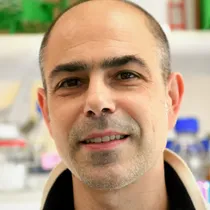- Home >
- Publications >
- The Crohn’s disease-related bacterial strain LF82 assembles biofilm-like communities to protect itself from phagolysosomal attack
The Crohn’s disease-related bacterial strain LF82 assembles biofilm-like communities to protect itself from phagolysosomal attack
Authors
Victoria Prudent, Gaëlle Demarre, Emilie Vazeille, Maxime Wery, Nicole Quenech’Du, Antinéa Ravet, Julie Dauverd - Girault, Erwin van Dijk, Marie-Agnès Bringer, Marc Descrimes, Nicolas Barnich, Sylvie Rimsky, Antonin Morillon, Olivier Espéli
Abstract
Abstract
Patients with Crohn’s disease exhibit abnormal colonization of the intestine by adherent invasive
Members


